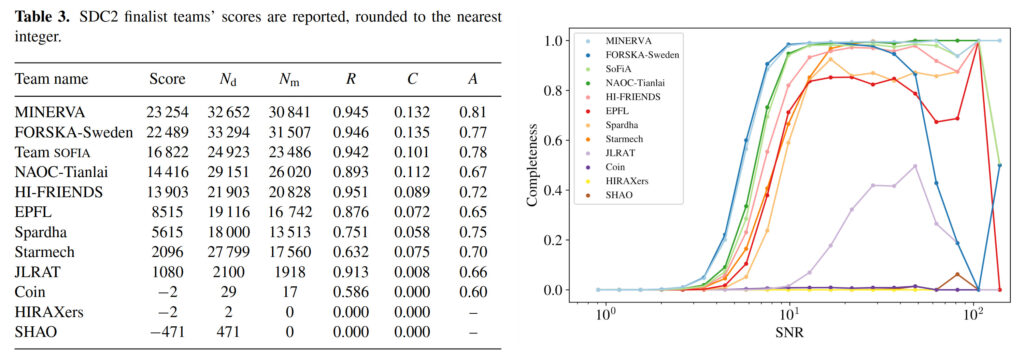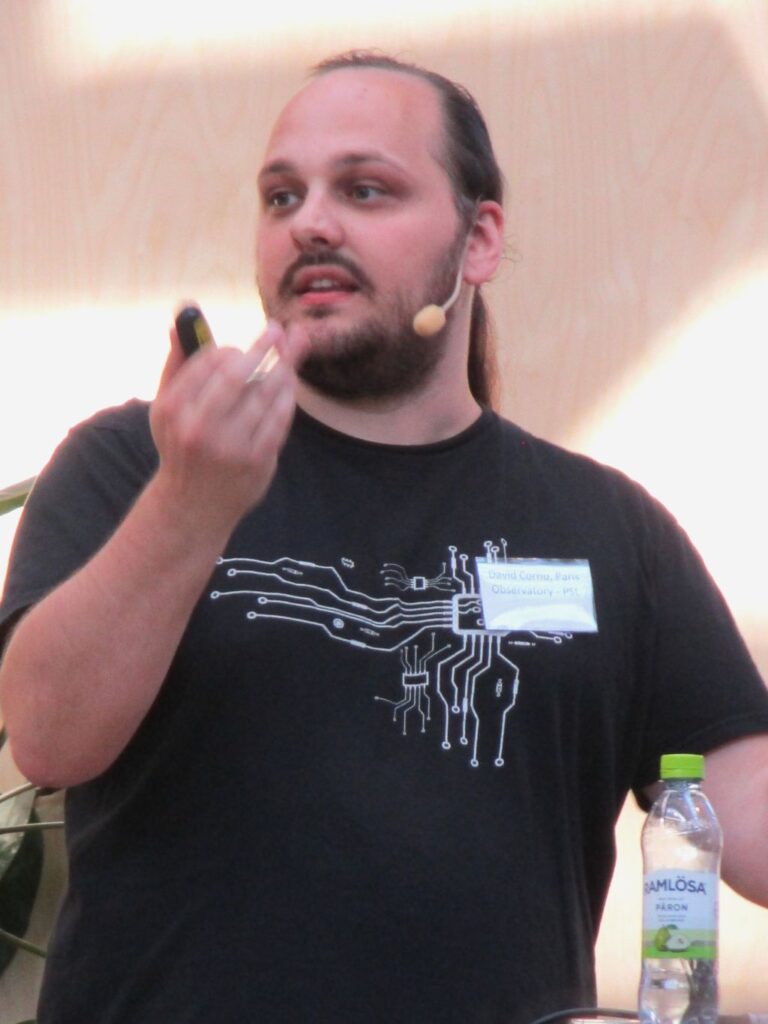
I am a numerical astrophysicist, presently employed as an AI Fellow at PSL University (Paris Sciences & Lettres) in the context of the EFELIA program (driven by PSL’s Data Science program). I am also a fellow of PR[AI]RIE – PSAI (Paris School of AI, funded through the AI-Cluster call).
I work at the Paris Observatory as a member of the LUX (Laboratoire d’étude de l’Univers et des phénomènes eXtrêmes).
Contact: david.cornu@observatoiredeparis.psl.eu
My research activity focuses on analyzing massive datasets from modern giant interferometers (LOFAR, ALMA, NenuFAR, MeerKAT, SKA, etc.) through the development of state-of-the-art Machine Learning (ML) approaches. I am notably interested in the study of galaxy properties and their evolution from a statistical perspective using large surveys. I was the PI of the MINERVA team that won the second edition of the SKA Science Data Challenges, utilizing the custom 3D YOLO-CIANNA source detection and characterization method I developed. Overall, I am concerned about the ability of ML/AI methods to address modern astrophysical challenges and how the specific nature of astronomical datasets and problems can drive innovation in ML research.
I developed a state-of-the-art Deep Learning framework called CIANNA, which is competitive with widely adopted DL libraries (full implementation in CUDA for GPU acceleration) and is entirely open-source. CIANNA can be used to build, train, and deploy a wide variety of network architectures and contains several functionalities and tunings specific to astronomical data.
See my publications page for an exhaustive list of my contributions.
My LinkedIn profile (with education and experience details)
LATEST NEWS

We organized the first CIANNA workshop at the Paris Observatory in late October 2025. Our objective is to create an annual recurring event to gather the CIANNA user and developer community. This workshop provided an overview of the science projects that make use of the framework, presented ongoing development, and discussed the best way to structure the user community.
The full program and the slides are accessible on the workshop website. Below are some photos taken during the event.
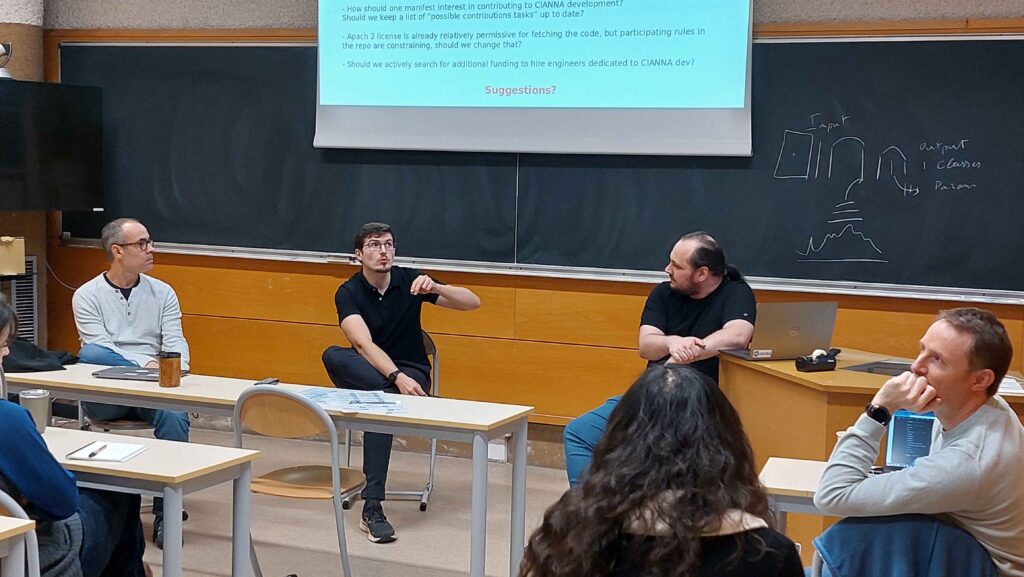

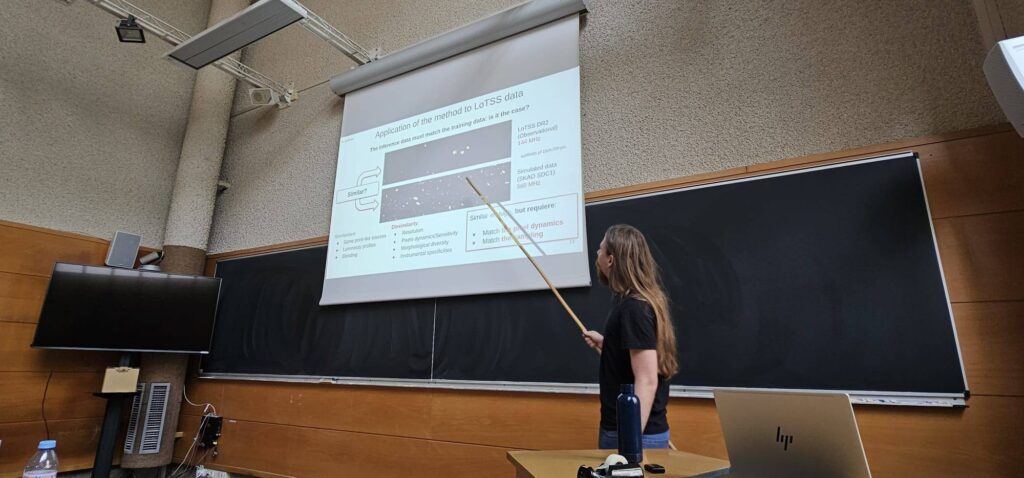
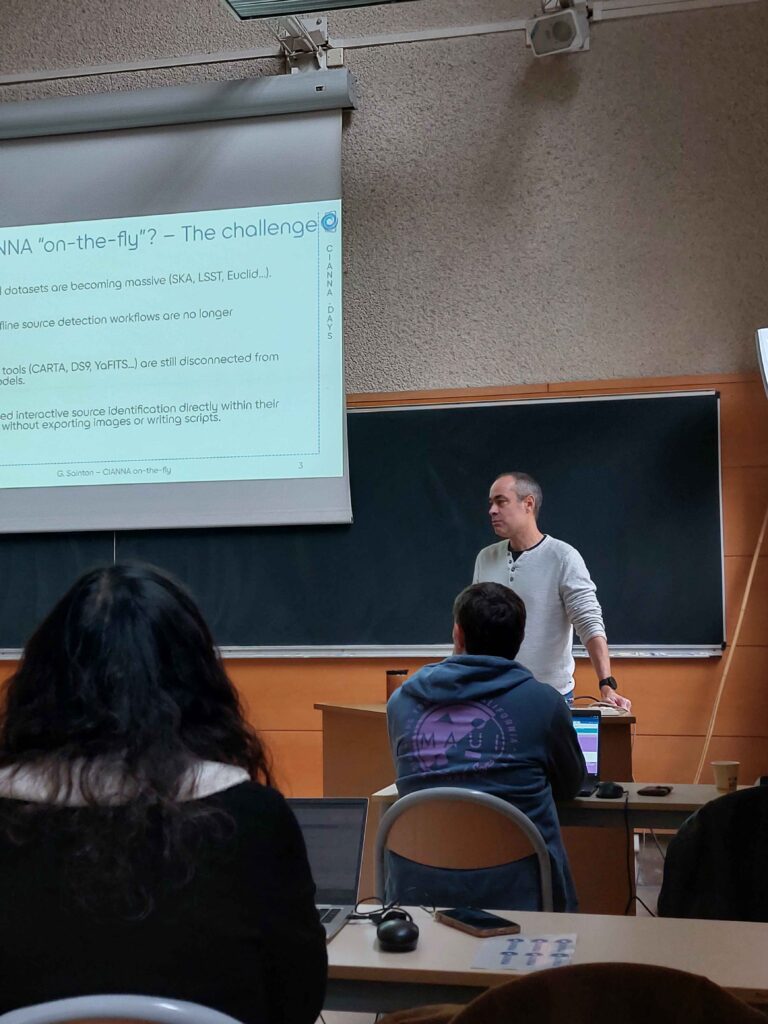
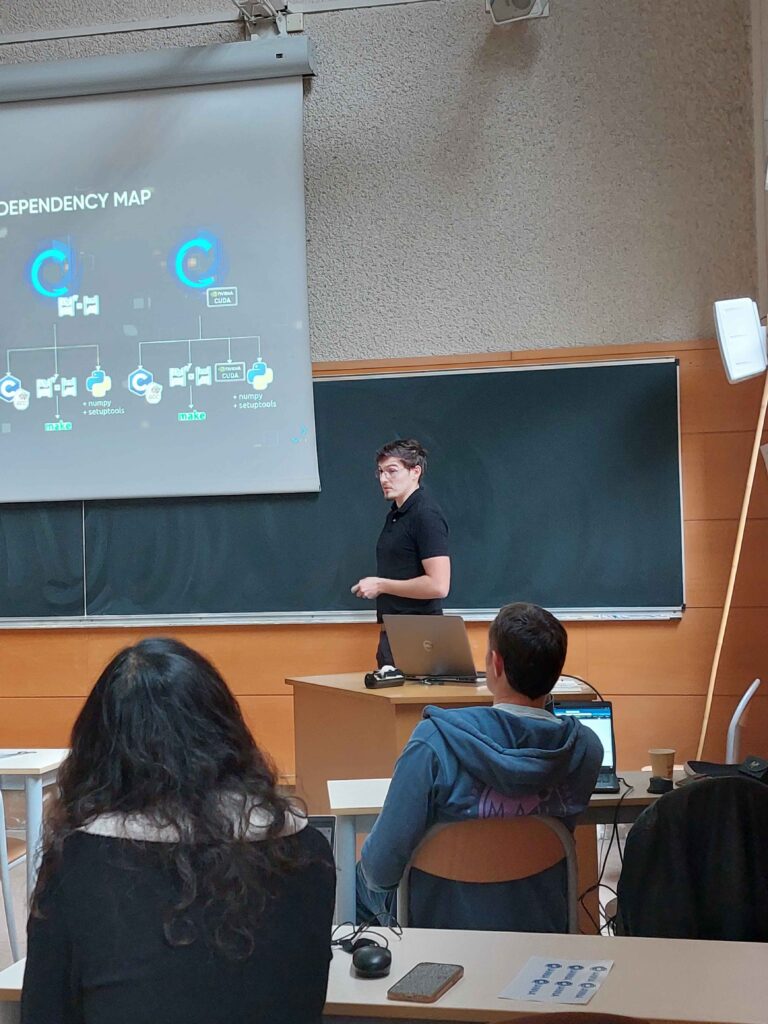
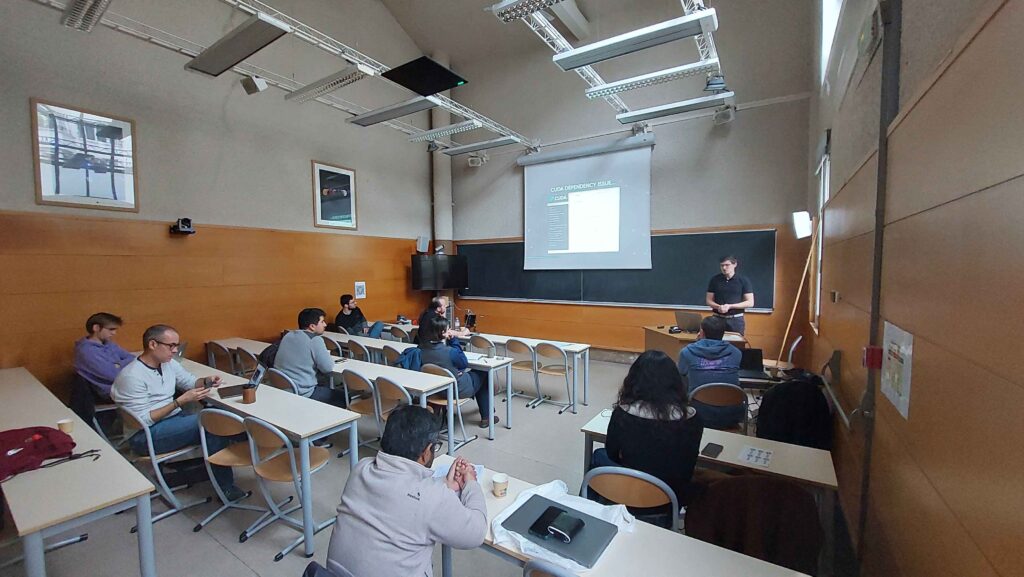
Latest paper describing our YOLO-CIANNA-3D source detection method and its application to the SKAO SDC2 HI hyperspectral cube has been submitted to A&A (Cornu et al. 2025), see the preprint at => arXiv:2509.12082


The DOTSS-21 team (led by Florent Mertens), with 10 out of 24 members from the French community, including several former members of the MINERVA team, recently obtained first place in the SKAO SDC3a.
Update: The summary paper has been accepted in MNRAS (Bonaldi et al. 2025), forthcoming,
arXiv:2503.11740
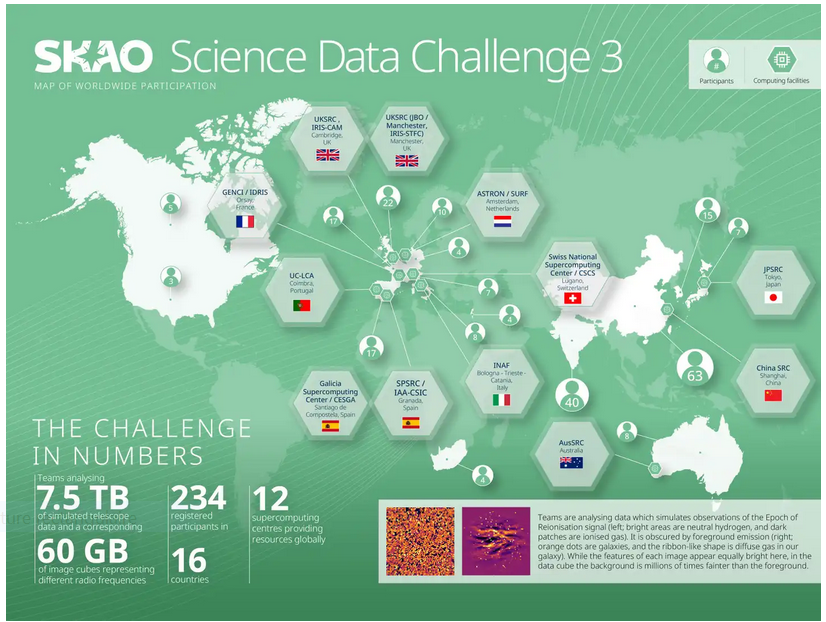
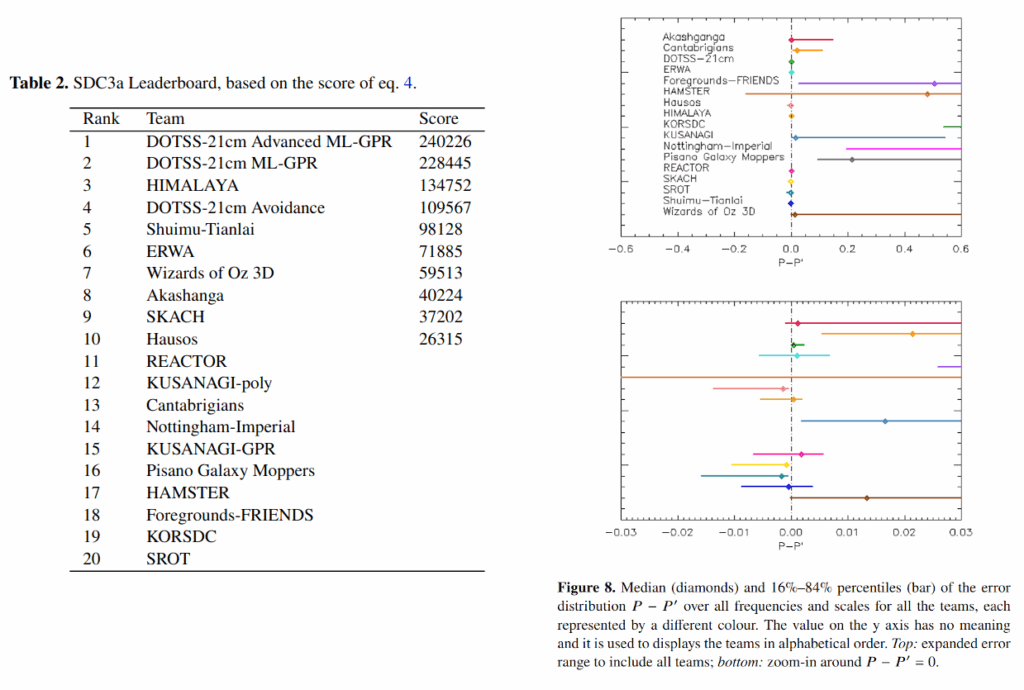
Latest paper describing our YOLO-CIANNA source detection method and its application to the SKAO SDC1 continuum images has been published in A&A => Cornu et al. (2024)

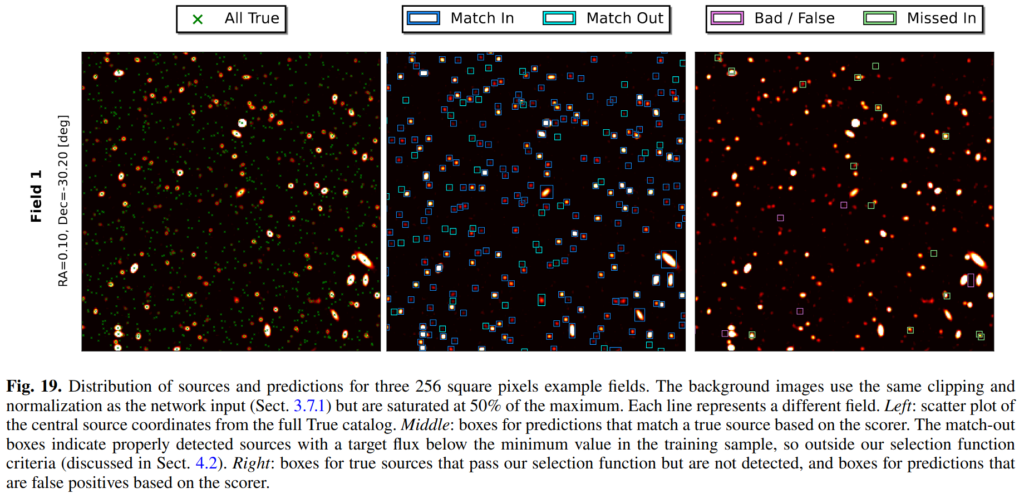
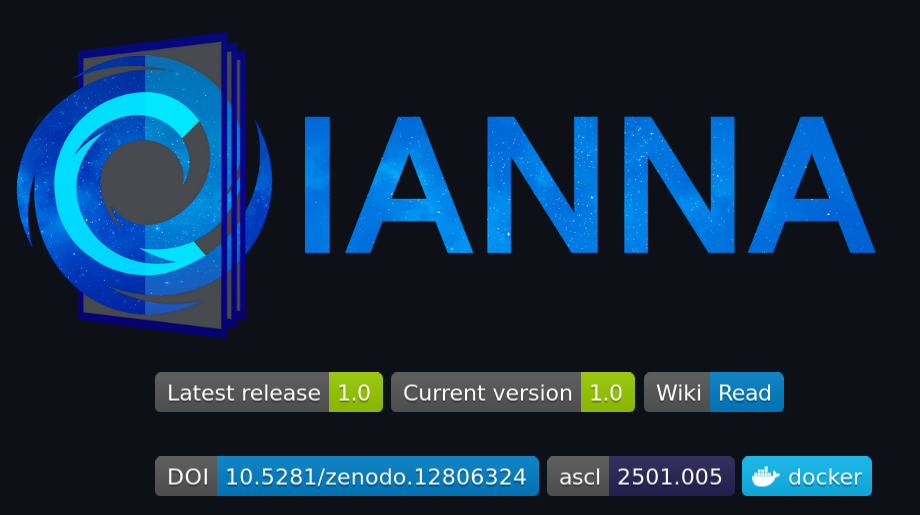
The first official V-1.0 release of CIANNA is out. It is accompanied by several example notebooks. It is also now referenced in ASCL (2501.005). We now provide Dockerfile installers and a PPA to ease the exploration of CIANNA capabilities.
The MINERVA team won first place in the SKAO Science Data Challenge 2 using a combination of deep learning techniques, including a custom 3D-YOLO network. Some press releases covering the victory: SKAO, Contact 9, CNRS, OBSPM, OCA, ActuIA.
Summary paper presenting the SDC2 results => Hartley et al. (2023)

